Japanese Onsen – More Than Just a Place to Bathe
Autumn scenery at an open-air onsen in the mountains of Japan – Where people immerse themselves in nature to relax and heal. (Photo: Collected)
In Japan, onsen is not only a relaxing experience but also a deep part of the culture of slow living, connecting with nature and healing the body. Japanese people can go to onsen weekly or monthly – as a way to relieve the stress of life. Japanese onsen resorts are often built in places with natural hot springs, surrounded by mountains, green forests or even white snow in winter.
For visitors, the first onsen experience is a special opportunity to touch a very real, very real aspect of Japanese life, something you can’t see just by walking around Tokyo or Osaka. It’s a place where you put down your technology, sit back, and breathe deeply in the warm steam.
Important notes before going to Japanese onsen
The bathing area at a traditional onsen in Kyoto – Where to start the journey of proper relaxation according to Japanese culture. (Photo: Collected)
Japanese onsen culture has quite strict rules and can sometimes be confusing for first-time visitors. But understanding them beforehand will help you feel confident and enjoy the experience to the fullest.
The first issue is tattoos. Many traditional onsen do not accept guests with tattoos due to their association with the yakuza image in Japanese culture. However, in recent years, more and more onsen have opened up to foreign visitors. You can look for places that are clearly marked “tattoo-friendly” or rent a private onsen if you want to be more comfortable.
As for bathing suits, don't bring your swimsuit into the baths. The Japanese way to bathe in a hot spring is completely naked. While this may feel awkward, the truth is that no one will notice you. Everyone keeps their distance and respects your personal space.
Some items to bring include a small towel (to wipe your face), a large towel (to wipe your body after bathing), hair clips if you have long hair, and skincare products to use after bathing. Many onsens are fully equipped, but you should still prepare in advance for peace of mind.
Instructions on how to bathe in Japanese hot springs properly
Foreign tourists step into an open-air onsen in Hakone, practicing the proper way to bathe in a Japanese hot spring like a local. (Photo: @nichegeek88)
The secret to enjoying a Japanese onsen properly starts with… taking your time. Don’t jump into the water as soon as you arrive. Start by cleaning yourself thoroughly. Each onsen has its own shower area with a low shower, small plastic chairs, and bath products. Sit down, rinse your entire body with the shower, wash your hair if necessary, and make sure there’s no sweat or dirt before you step into the tub.
Once clean, step gently into the warm bath. Do not bring a small towel into the water, you can put it on your head or on the edge of the tub. The water is usually very hot, about 40–42 degrees Celsius, so slowly soak your feet first and then lower yourself gradually.
Avoid talking loudly in the bath. Japanese hot spring bathing emphasizes silence. This is a time to listen to the sound of water, feel the heat seep into tired muscles and let your mind completely rest.
First Onsen Experience – How Does It Feel?
The relaxed, relieved look on the face of a tourist after experiencing an onsen for the first time – Overcoming shyness to feel the healing. (Photo: Collected)
At first, it’s inevitable to feel shy. The first onsen experience is often a bit of a shock for those who are not used to being naked in public. But after a few minutes, you’ll see that everyone is the same – the Japanese have a very civilized way of keeping their distance and not judging others. Once you overcome that psychological barrier, you’ll understand why people love onsen so much.
Your body feels restored: back pain is relieved, sleep is deeper that night, skin after soaking in mineral water becomes unusually soft. But not only that, onsen also helps your mind "reset" all worries temporarily disappear in the misty steam.
After bathing, don’t rush to leave. Many Japanese people will relax in the waiting room, sipping a bottle of cold milk – this is a small “ritual” that is indispensable after every visit to a Japanese onsen. The feeling is one of satisfaction, relief and a little bit… addiction.
Suggested ideal onsen area for first-time visitors
Tourists wearing yukata stroll in the onsen town of Kinosaki – One of the friendliest places for beginners. (Photo: Collected)
If you have never tried an onsen for the first time, you should choose a place that is both beautiful and friendly to foreigners. The first suggestion is Hakone - a mountainous area near Tokyo, famous for its open-air onsen overlooking Mount Fuji . Here, the services are diverse, the signs are clear, and it is very accessible.
Next is Beppu – the largest onsen city in Japan. In addition to dozens of hot spring baths, Beppu also has an “onsen hell” – where the spring water boils with blue and red colors like in myths.
Finally, if you like the old-fashioned feel, Kinosaki is the ideal choice. This small village has seven public bathhouses, and visitors often wear yukata and walk from one onsen to another, an experience worth trying if you want to live like a real Japanese.
Japanese Onsen is not only a place to soak, but also a door leading you into a deep part of the culture of the cherry blossom country. Each bath is a time to let go of fatigue, recharge energy and listen to your own body. Even if you are worried or hesitant to experience onsen for the first time, try it. Because only when you dare to step into that hot water, you will truly understand the sophistication in the way of bathing in Japanese hot springs, an art of taking care of yourself from the root.
Add an onsen to your next Japan travel itinerary , to soothe your body and heal your mind in a very Japanese way.
Source : https://www.vietravel.com/vn/am-thuc-kham-pha/trai-nghiem-onsen-huong-dan-tam-suoi-nuoc-nong-dung-kieu-nhat-v17658.aspx


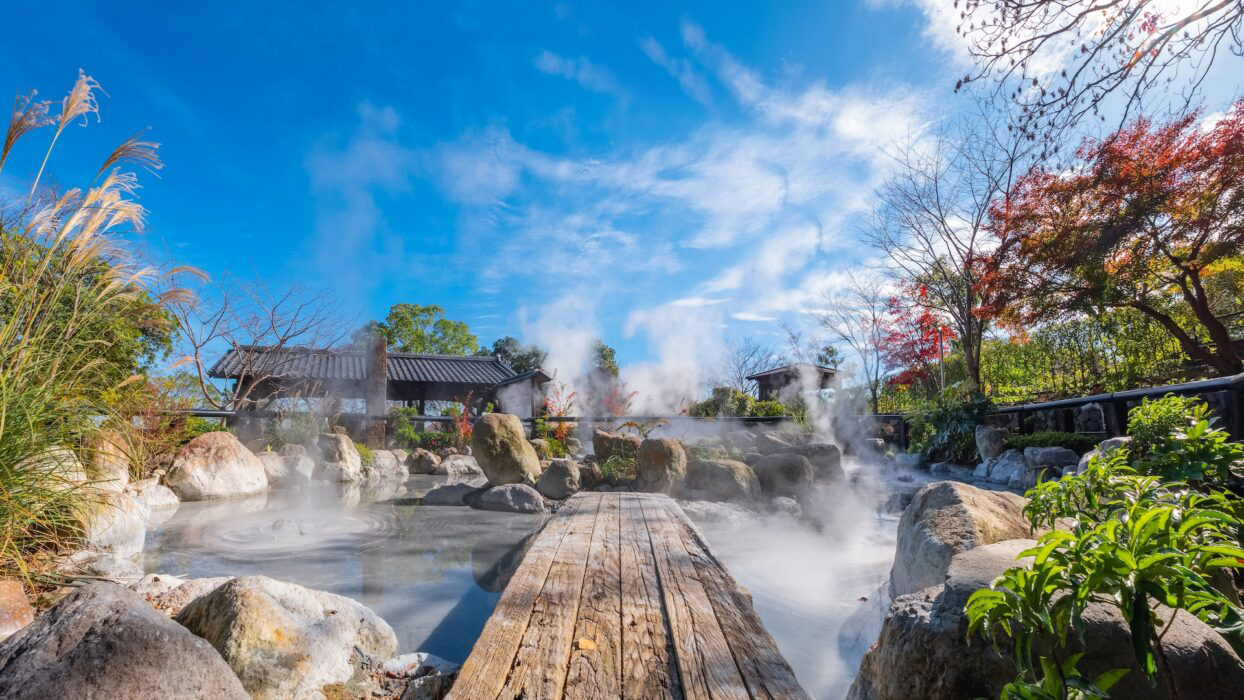
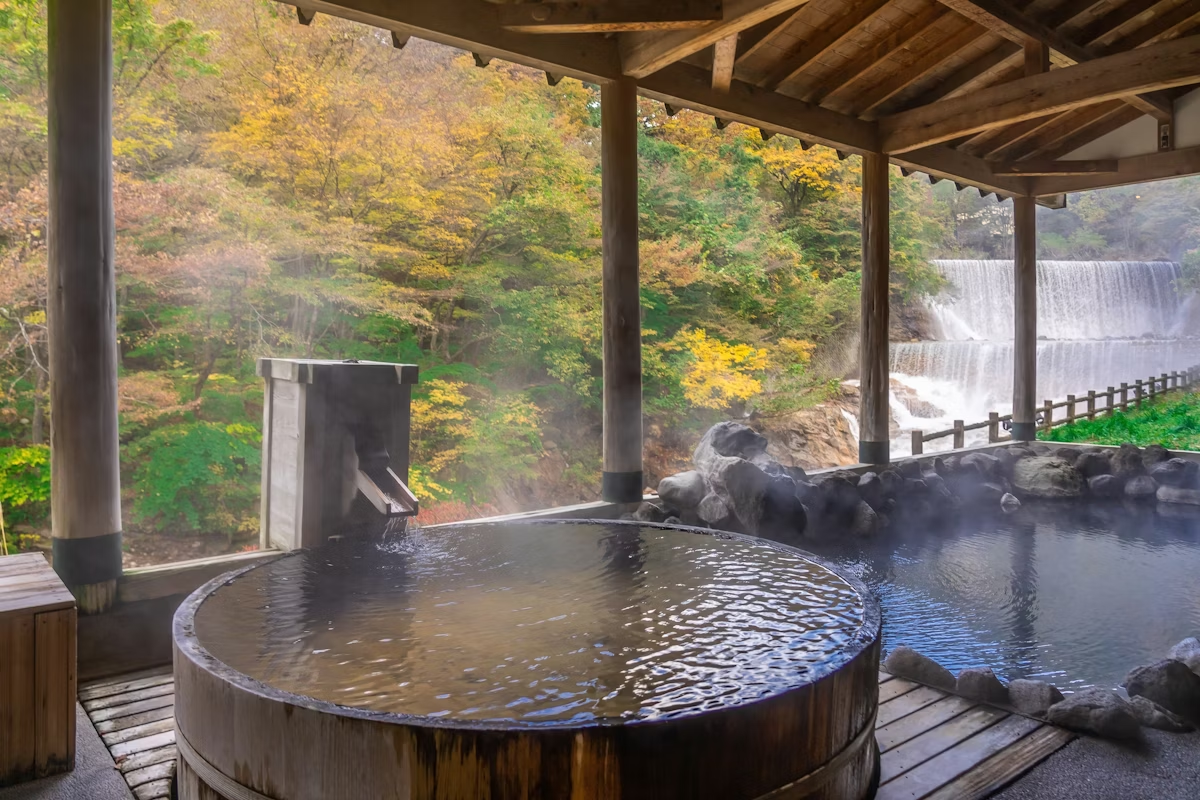

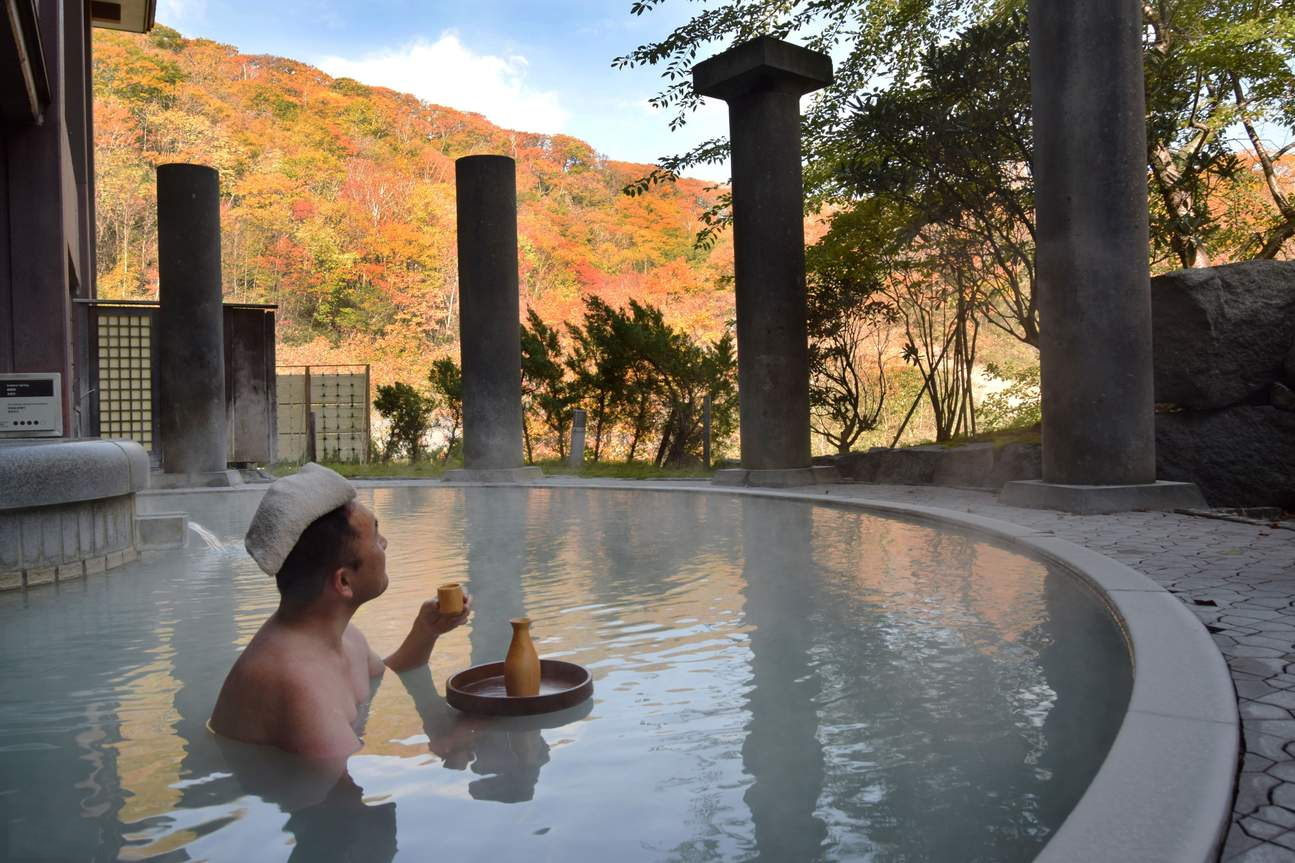
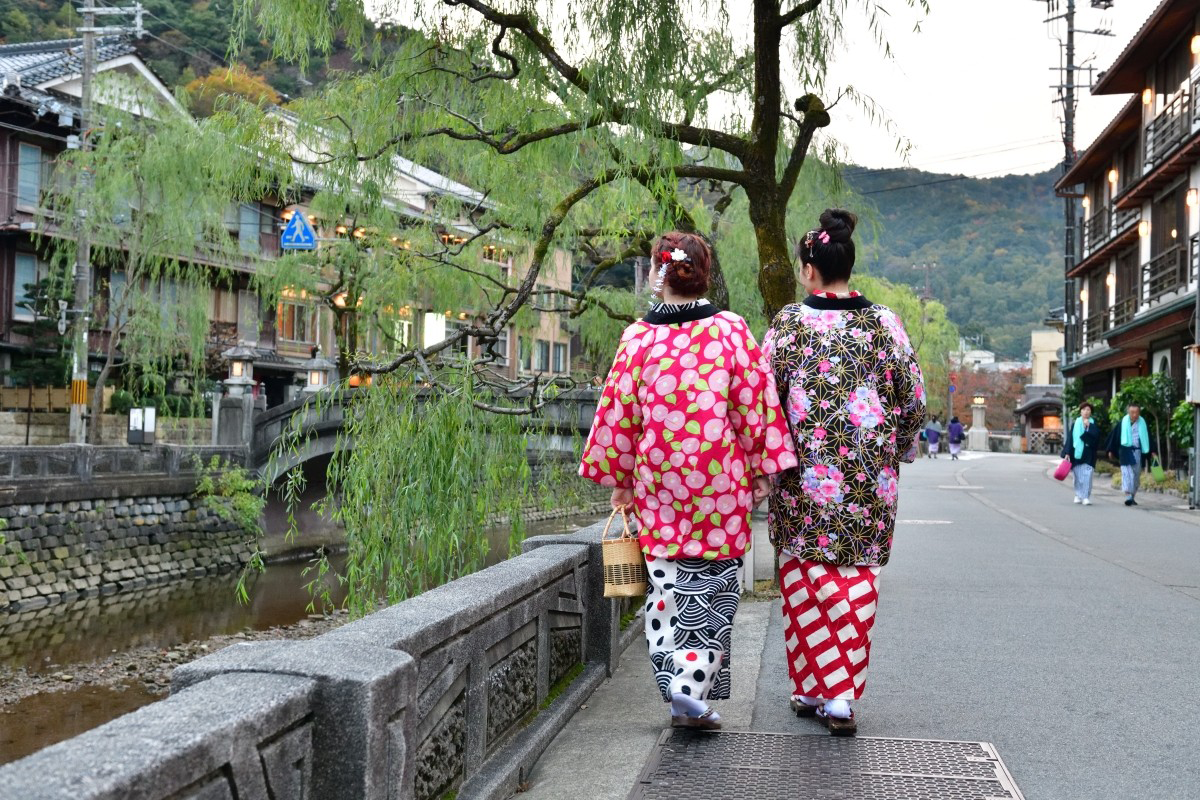

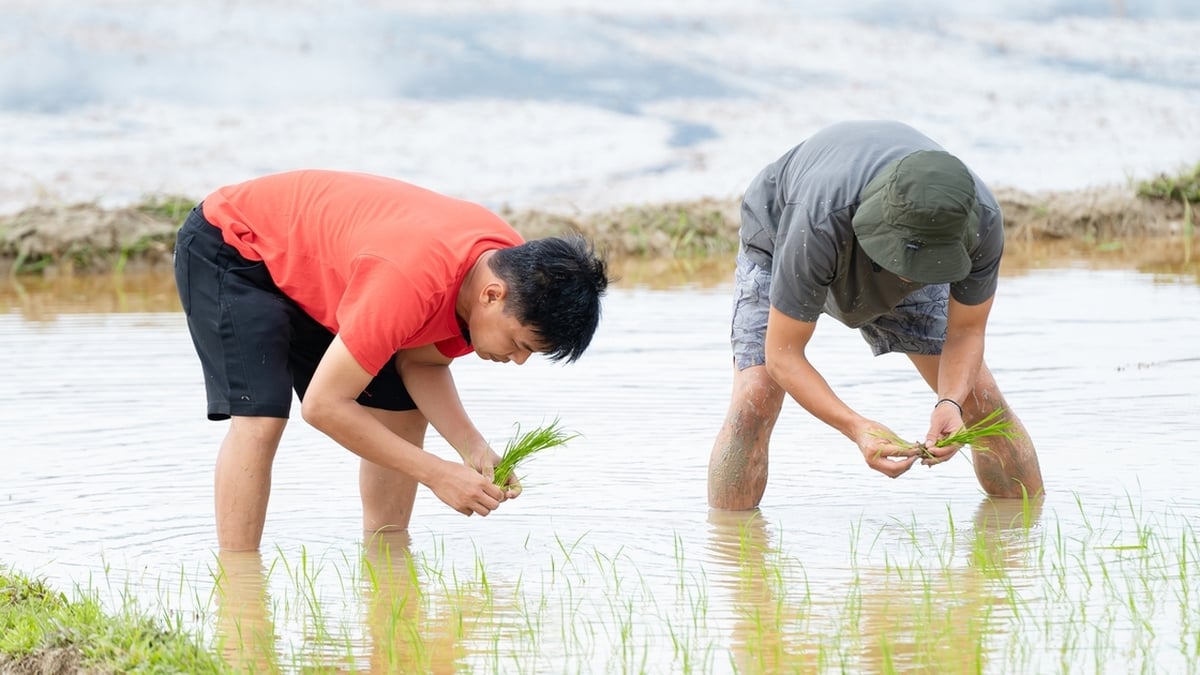
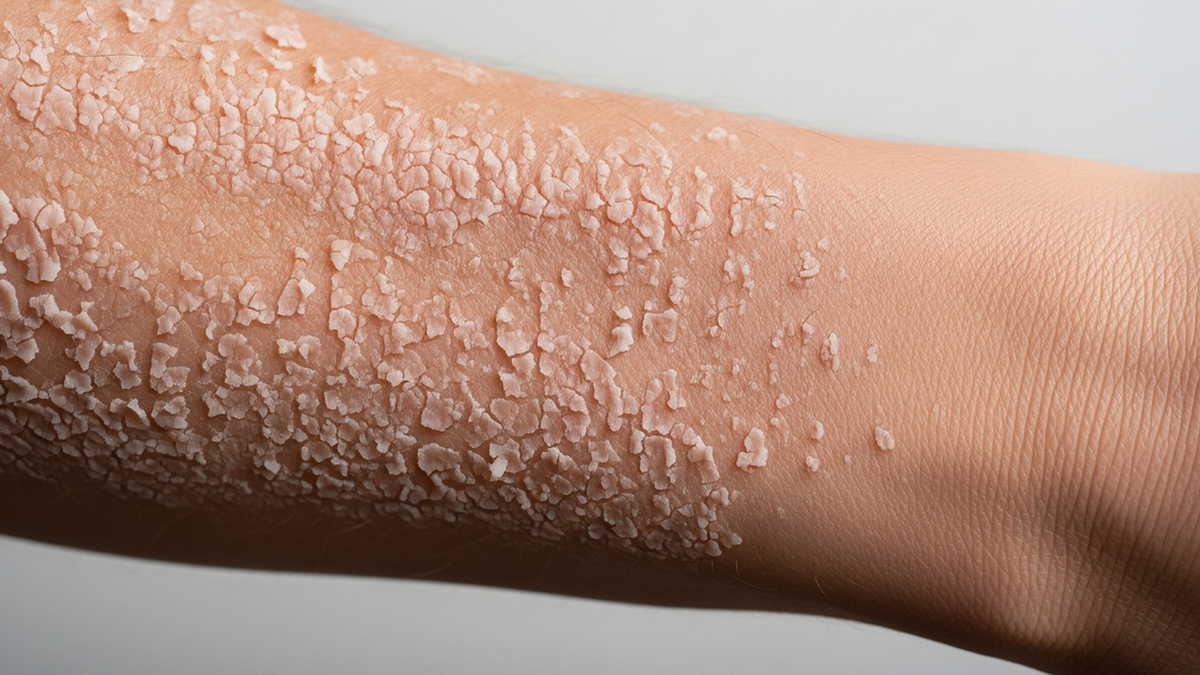



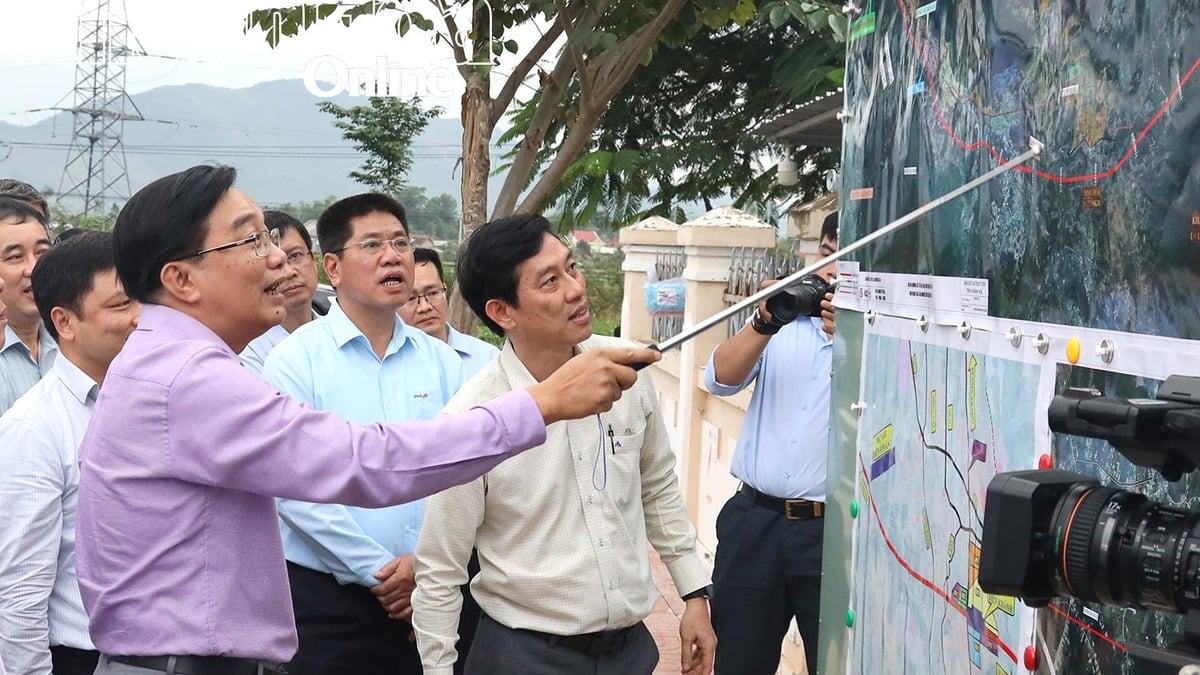
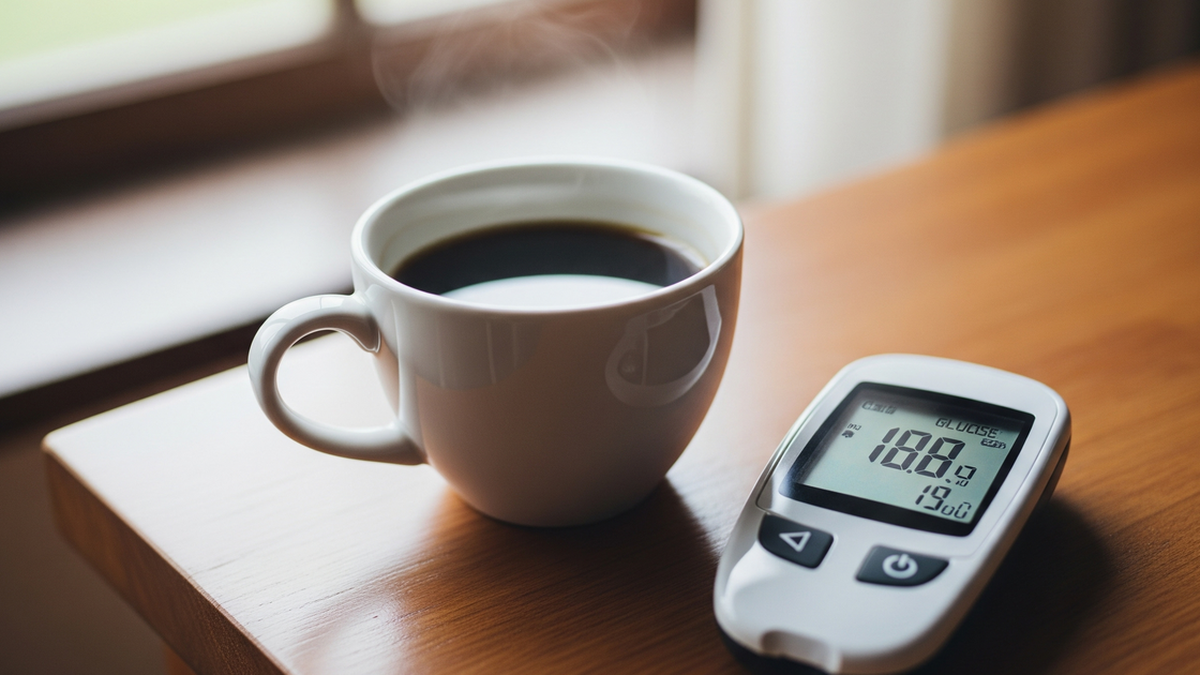

















![[Photo] National Assembly Chairman attends the seminar "Building and operating an international financial center and recommendations for Vietnam"](https://vphoto.vietnam.vn/thumb/1200x675/vietnam/resource/IMAGE/2025/7/28/76393436936e457db31ec84433289f72)




































































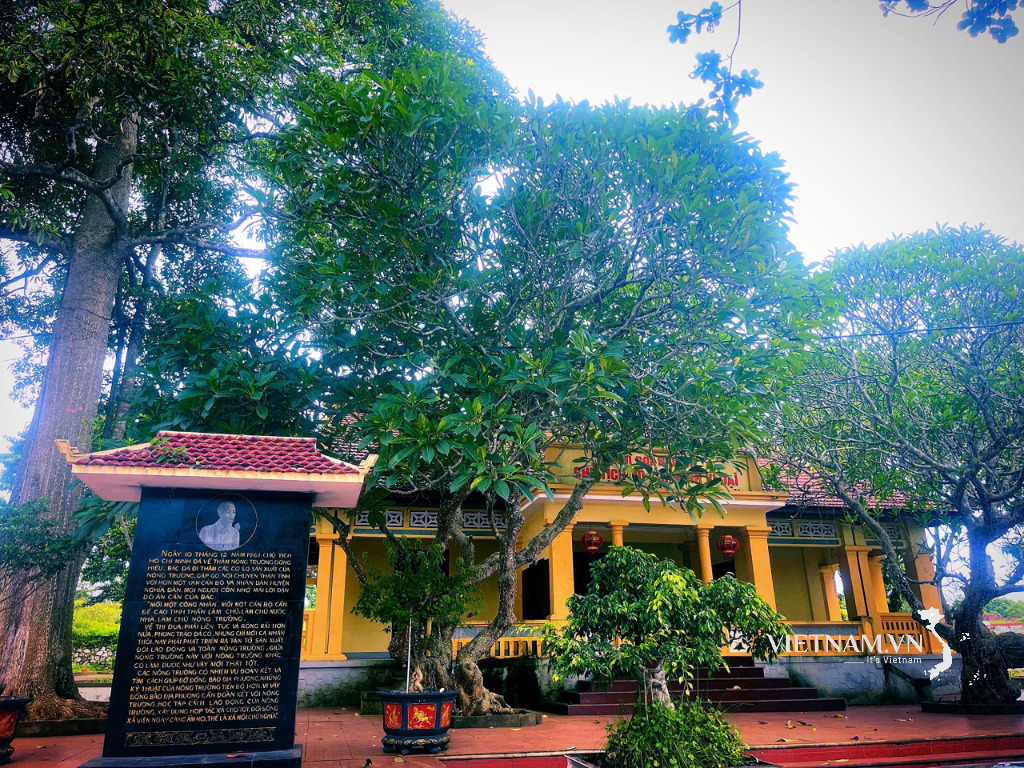


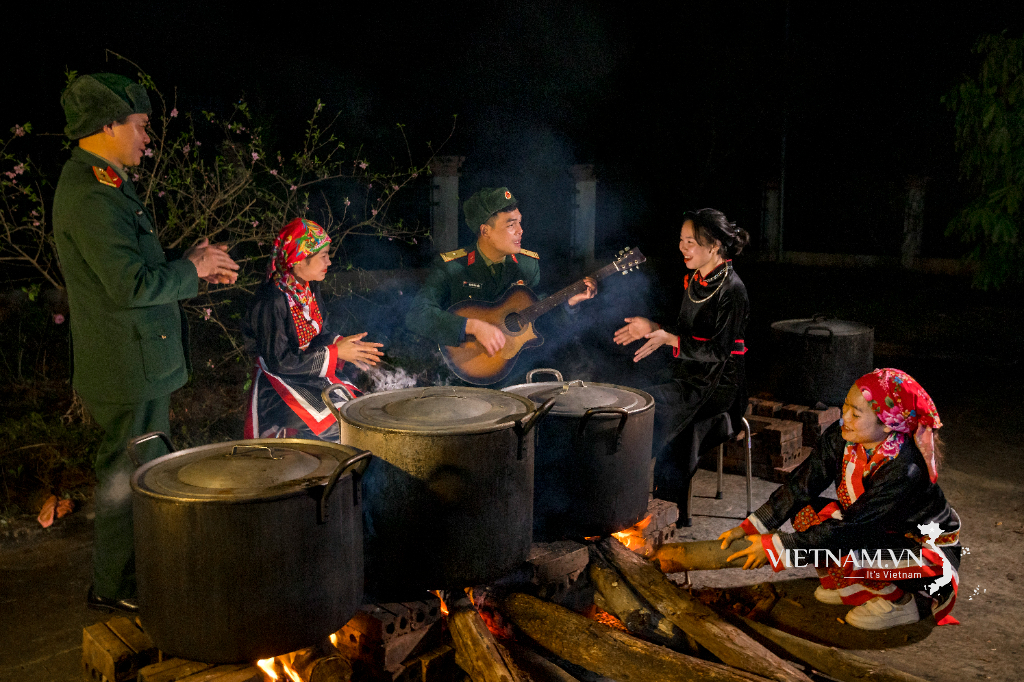
Comment (0)